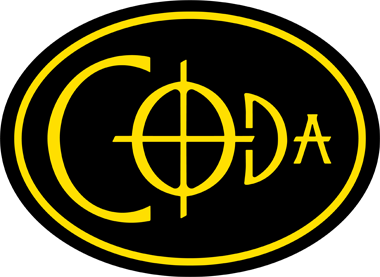Coda Care & Cleaning
Carefree!
Generally speaking, Coda is about as carefree an instrument as you can get, so you don’t have to clean it very often! There are lots of holes to air out the sound chambers, so they tend to dry out nicely. Also, Coda’s tough, non-porous, medical-grade, food-safe plastic resin (whew!) is naturally resistant to bacterial or fungal growth, unlike a more porous material.
Using Water
People ask if you can rinse your instrument with warm water. Yes, but use common sense! Avoid boiling water, automatic dishwashers, etc. And if you’re careful not to scratch the instrument, you can use a vacuum cleaner hose to suck out the moisture after you rinse Coda.
Now, I know from past inquiries that some of you tend to rinse your flute with water regularly. I’m afraid that I virtually never do unless I spill soup inside my Coda or drop it in the mud.
Cleaning Out Dust
If you put Coda into a pocket with lint, or if you live in a dusty area (near a dirt road, etc.), you can get dirt inside the toneholes and windows. I suggest cleaning them out with a Q-tip (cotton swab) dipped in a little rubbing alcohol — either isopropyl or ethyl will work. The alcohol is a good disinfectant, evaporates right away, and won’t hurt Coda.
Disinfecting After You’ve Been Sick
If you feel funny about playing your Coda after you’ve been sick, polish your windways (as indicated in the Windway Care section below), but use a drop or two of rubbing alcohol with the folded paper sticks. Follow up with a dry polish, and blow out any fine paper dust.
You can also disinfect your flute by wiping it with a cloth and/or cotton swab moistened with rubbing alcohol.
Windway Care
- Every once in a while, you’ll want to gently polish Coda’s windways with folded white paper to keep them clear and smooth. (You don’t have to do this very often!)
- 1st, tear or cut white paper into strips that are about 2.5 inches (6.35 cm) wide.
- 2nd, fold one of the strips approximately 3 to 8 times, depending on paper thickness, into a flat “stick” that is about 1/4 inch wide by 2.5 inches long (6.35 mm by 6.35 cm). Neatly tear away excess paper.
- 3rd, repeatedly slide the paper stick in and out of the windway. Then blow away any remaining dust or residue.
- It takes a little practice before you master the “fine art” of quickly making good polishing sticks. You want them to be thin enough to slide through the windway without getting stuck but thick enough to polish the windway surfaces.
- Never slide anything but folded paper through Coda’s windways! Hard objects can damage the precise windways or the labium edges.
- If you have just eaten, consider rinsing your mouth with water before you play. A clean windway is vital to good sound.




